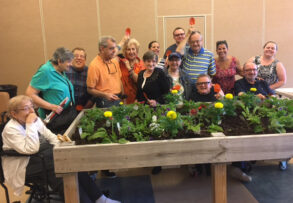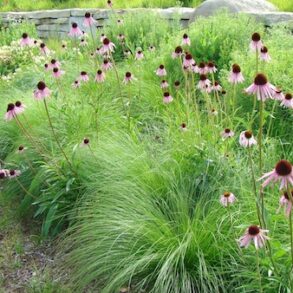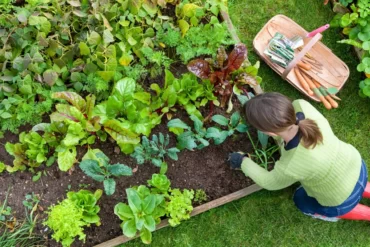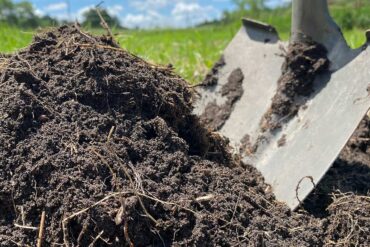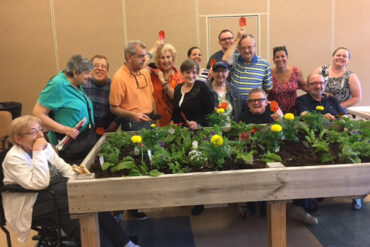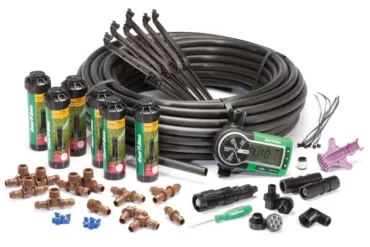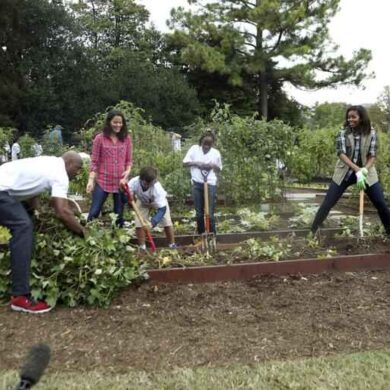As the vibrant colors of summer fade into the golden hues of autumn, American gardeners eagerly turn their attention to fall bulbs, heralding the promise of a breathtaking spring spectacle....
The iconic White House Kitchen Garden stands as a symbol...
In recent years, a delightful transformation has been taking root...
Gardening isn’t just about cultivating plants; it’s a therapeutic journey...
Gardening with native grasses in America offers a sustainable and...
Weeds can be a persistent nuisance in the garden, competing with your desired plants for water, nutrients, and...
Raised bed organic gardening has gained popularity in recent years, and for good reason. It offers numerous advantages...
Organic gardening is all about working in harmony with nature, and one key aspect of this approach is...
Gardening Might Be Your Lifestyle!
Feel free to continue reading
As the vibrant colors of summer fade into the golden...
The iconic White House Kitchen Garden stands as a symbol...
In recent years, a delightful transformation has been taking root...
Gardening isn’t just about cultivating plants; it’s a therapeutic journey...
CALL TO ACTION BLOCK
A Clever Headline
This is a call to action block from the tipi builder.
Increase visitor clicks to anything you want.
As the vibrant colors of summer fade into the golden hues of autumn, American gardeners...
As the vibrant colors of summer fade into the golden hues of autumn, American gardeners...
Gardening Is A Joy!
Even more posts to read
As the vibrant colors of summer fade into the golden hues of...
The iconic White House Kitchen Garden stands as a symbol of American...
In recent years, a delightful transformation has been taking root across America:...
Gardening isn’t just about cultivating plants; it’s a therapeutic journey that nourishes...
Gardening with native grasses in America offers a sustainable and aesthetically pleasing...
Arbor Day, observed across the United States, is a cherished occasion dedicated...
American Gardener Shop
Anemometer Wind Speed Sensor
$1,774.87 $1,331.15
32ETI Easy to Install Automatic Irrigation System
$291.35 $172.99

This ad is set to only appear on mobile devices





